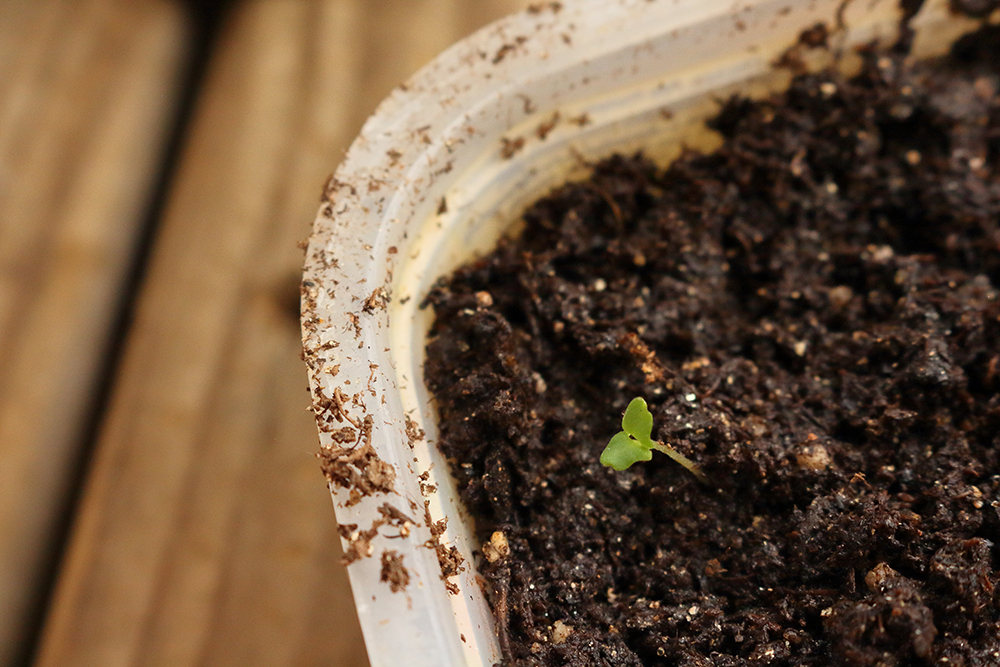

Then tuck the newer plants in between the older ones so they can eventually fill in space. Lavenders are short-lived shrubby perennials, so be sure to propagate a selection of plants to replace those that have become too woody or that have succumbed to winter freeze. There are so many interesting species and varieties to try that it’s worth starting some of your lavenders by seed to get a large number of unique cultivars for the price of the seed packets, planting mix, pots, and a little time. It even feeds bees! With lavender, the possibilities are endless. Lavender ( Lavandula spp.) is a wonderful addition to any garden because it can be used as a culinary herb, a fragrant cut flower, a crafting material, or a natural-beauty ingredient. They dry best if hung in a cool, dry place. They won't grow a lot between now and next spring, but once next spring comes, they'll grow away strongly and you'll have half a dozen healthy new plants.Harvest and tie lavender bundles for drying.

And then when you see fresh new growth, you'll know they've got a root system and you can pot them up individually and then keep them over winter. But if they turn brown at the tips, that means they are too wet, so dry them off a bit. These are fine if you put them in a bright but not glaringly bright place, a sort of shade for half the day is fine and mist them once, twice, three times a day, if you remember. Now Mediterranean shrubs don't want to be too wet, unlike some cuttings which need to be kept permanently wet. You just slide it down the edge of the pot like that and the reason for that is, because they're kept a bit warmer and the drainage is a bit sharper. But actually, recently, I've been putting them between the pot and the compost and they take much better. I always used to make my cuttings by just sticking them into the compost. You see here, that there are leaves coming from there, so if I just cut across there, sharp knife, then take a few more leaves out. Now where we have a long cutting like this without a heel, I'm going to cut that back. Wherever you have a heel, which is a slither that attaches to another stem, you tend to get much better rooting, so it's a good idea to keep that. You could take the cuttings in pure grit if you had to, so don't stint on it.

Right, this is just normal potting compost and I've got some extra grit which I'm going to add into it. And by sealing them in a polythene bag, we're delaying their death, which buys us time to prepare them so they can make roots.Īs it is, I'm going to do that right now. Right, now the crucial thing, if you're taking any cutting at all, is have a polythene bag in your pocket and put them straight in, because essentially those are dying.

So I'm going to cut back to there and then I'll take another couple from this plant. However, if I take some older growth, wood that's grown this year but has had a few months to harden off, it will die off much slower and therefore have more time to produce roots. Now, if I took just the soft ends, that would root very readily, but it would also die very fast. What I'm looking for are nice, straight, healthy stems without any flower buds. The best way to do that is from cuttings. This is Lavandula stoechas, which is really not very hardy at all, and although it's in pots and it can be taken in, it's worth taking steps now to ensure I have plenty of backup. Growing lavender: pests and problem-solvingĪlthough the herbs are now in their heyday, it is worth thinking about next year already because if we have a winter like the last couple, we're bound to lose herbs in the process, particularly the Mediterranean ones like rosemary and sage and lavender.Cut back after flowering to prevent stems becoming woody. Half hardy and tender lavenders, such as Lavendula stoechas, should be grown in a sheltered spot.
#LAVENDER SEEDLINGS FULL#
Grow lavender in full sun in well-drained soil. Popular hybrid lavenders, or lavendins, include Lavandula x intermedia 'Edelweiss' and Lavandula x intermedia 'Grosso'. They're larger in habit than English lavenders and flower for a longer period, providing more flowers for you to enjoy and more pollen and nectar for bees. Lavendin lavenders are more robust than other lavenders and therefore more tolerant of wetter soils and colder winters. These are undeniably lovely and rightly popular, but have you considered intermediate lavenders? Sometimes called 'lavendins', these hybrid lavenders have Lavandula angustifolia and Lavandula latifolia as their parents. Traditional English lavender varieties include 'Hidcote' and Lavandula 'Munstead'.


 0 kommentar(er)
0 kommentar(er)
